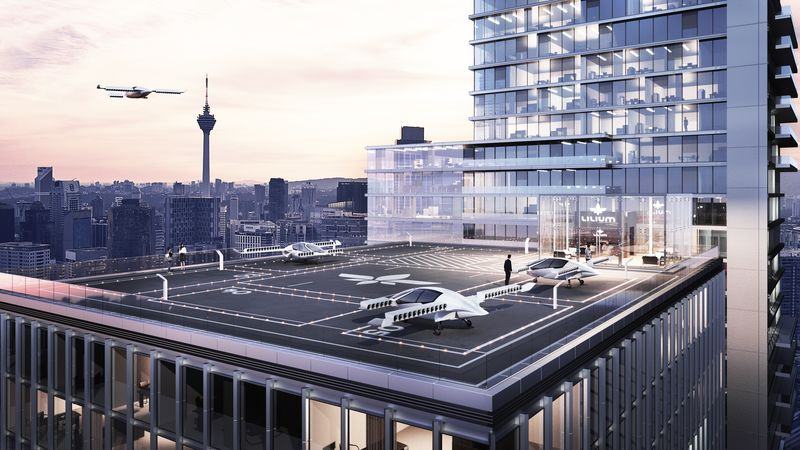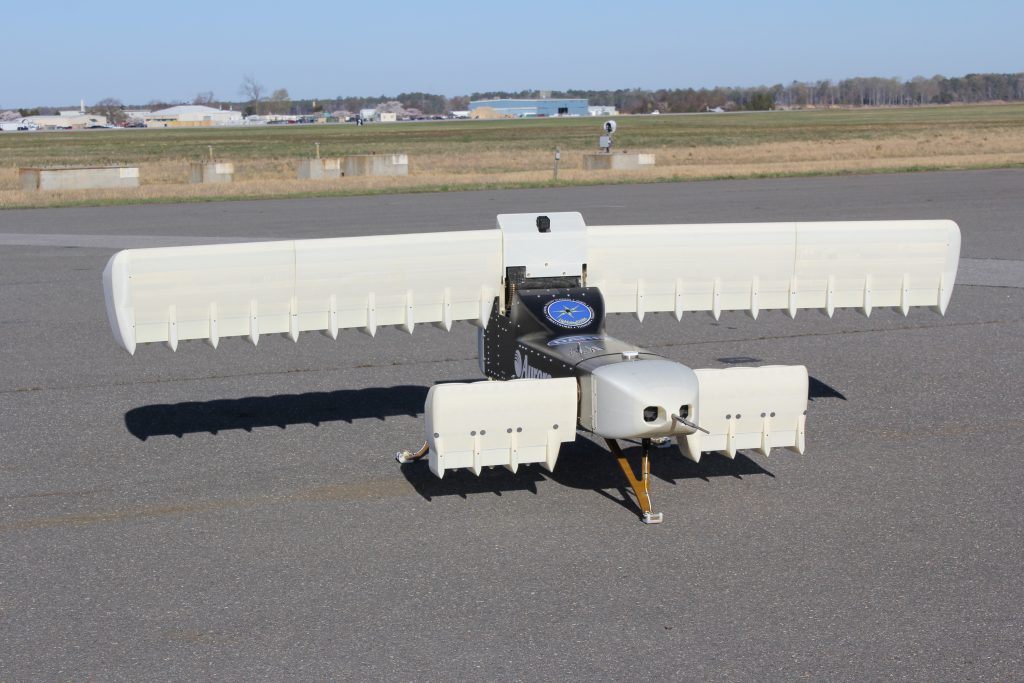
The topic of electric transport over the past few years has been very actively discussed. Many automotive industry experts are confident that in 5-10 years the roads will belong to electric vehicles. Perhaps it will be so. Moreover, the theme of electric airplanes is developing, and the success in this area is very significant. For example, in 2014 in China, an electric aircraft
received a license to manufacture. This is not the first electric aircraft in the world, but it was this vehicle that was the first to receive a certificate of airworthiness.
In 2016, Ilon Mask announced that he would like to make electric motors and batteries for electric airplanes capable of vertical take-off and landing. The head of Tesla Motors and SpaceX
told the participants of the competition Hyperloop Pod Competition about all his plans on this subject. Well, this year Germany experienced the world's first flying electric car. Moreover, this vehicle
can make a vertical take-off and landing, which Musk talked about (although he himself has nothing to do with this project).
By the way, in 2016, DARPA announced its participation in the project of creating an experimental aircraft developed by Aurora Flight Sciences.
"Just when we decided that everything had already been tried, Aurora engineers found a place for innovation - really new engineering and technological elements that promise great opportunities for use in real aircraft," said
Ashish Bagai , project manager for DARPA. .
And it seems that innovation has interested not only DARPA, but also Boeing. So interested that the corporation simply bought Aurora Flight Sciences, having at its disposal all the developments of this company. By the way, the asset purchased is not a startup at all. This is a long-existing company, which was founded in 1989. Initially, she was engaged in the production of traditional aircraft and spare parts for them, but then moved on to work on the direction of electric airplanes.
At various times, Aurora Flight Sciences collaborated with NASA, the US military and private customers. One of the largest customers of the company is Uber, who made an order to create an aircraft for Uber Elevate. This electric aircraft Uber plans to use as a flying car. True, the project implementation time is quite long - the first flying taxis will start working in 2020 in Dallas and Dubai.
 LightningStrike - electric aircraft, capable of making a vertical takeoff and landing. To do this, in the wings and tail of the aircraft are placed powerful "fans"
LightningStrike - electric aircraft, capable of making a vertical takeoff and landing. To do this, in the wings and tail of the aircraft are placed powerful "fans"Boeing, buying a company, seems to have made the right decision. The transaction itself was carried out during active changes in the entire aviation industry. And one of such changes is just electric planes. Now aircraft designers from various companies are exploring the possibility of creating electric takeoffs and takeoffs. Electrical systems have a number of advantages. One of them is the relative lightness of electric motors compared to jet fuel engines.
So far it is unclear what exactly Boeing will do with the purchased assets. Perhaps the company will continue to pursue Aurora Flight Sciences, but it is possible that the course will be changed.
In principle, now in the aviation industry there are two dynamic trends. The first is miniature flying taxis, as mentioned above. They are very actively engaged in Uber and a number of other companies. Such aero taxis will be very convenient in regions with busy roads, where traffic jams are frequent. With the use of “flying electric vehicles”, the time that a passenger spends on moving from point A to point B is reduced several times - in many cases it takes just minutes, not hours.
 Another example of an electric transporter is eVTOL
Another example of an electric transporter is eVTOLAs for the cost of the flight, the same Uber estimates the ticket for
the San Francisco - San Jose route at $ 130. But if flying taxis become quite common, the price will drop down to $ 20. Electric aircraft can also be used by regional airlines, for which this will be a profitable development direction. Flight over short distances can take place in a fully automatic mode, without the participation of pilots.
Anyway, it’s rather early to make assumptions about how Boeing will develop the “electric airborne” direction. But the fact that, sooner or later, vehicles of this type "will go to people", no longer doubt.